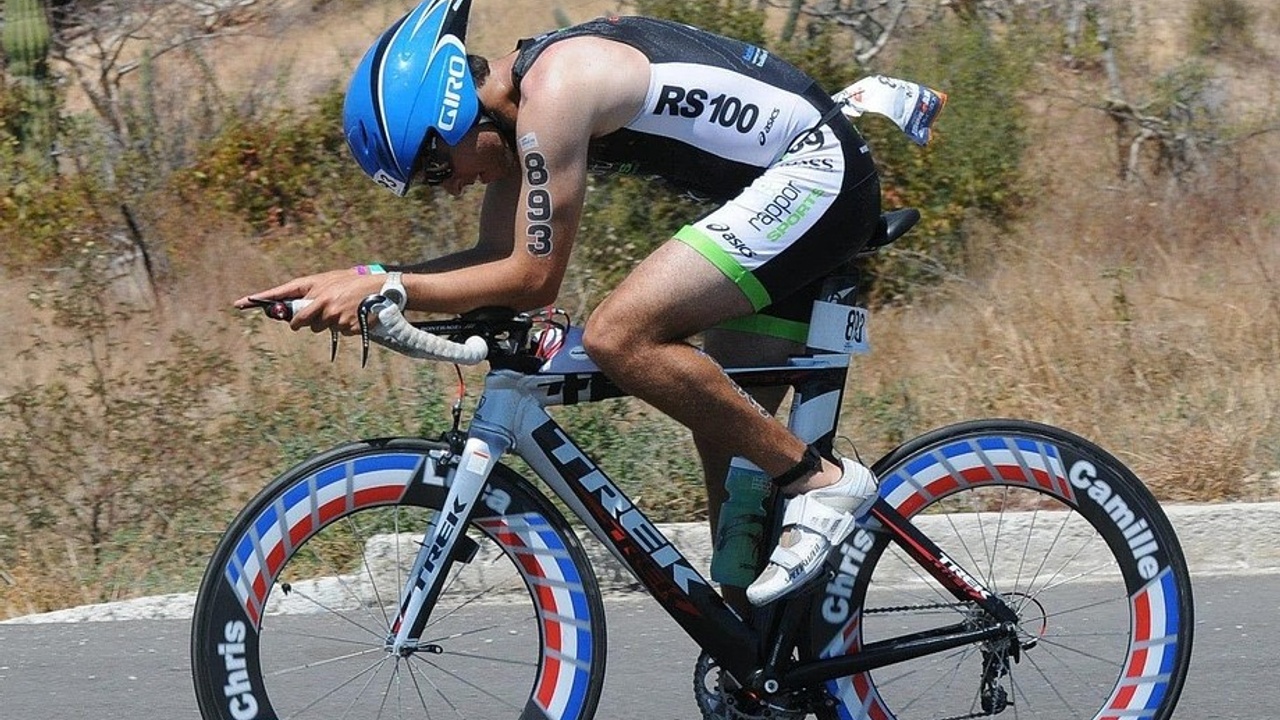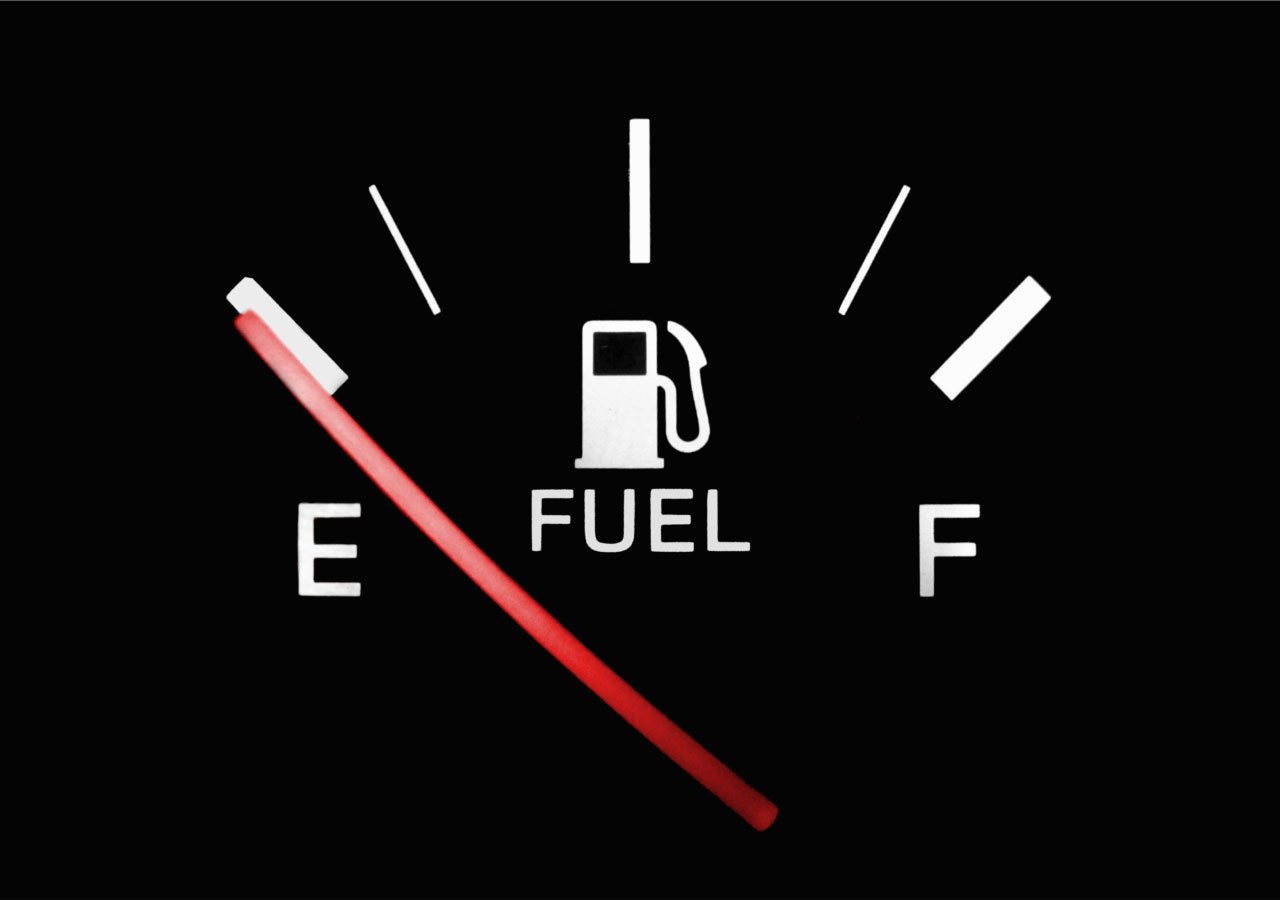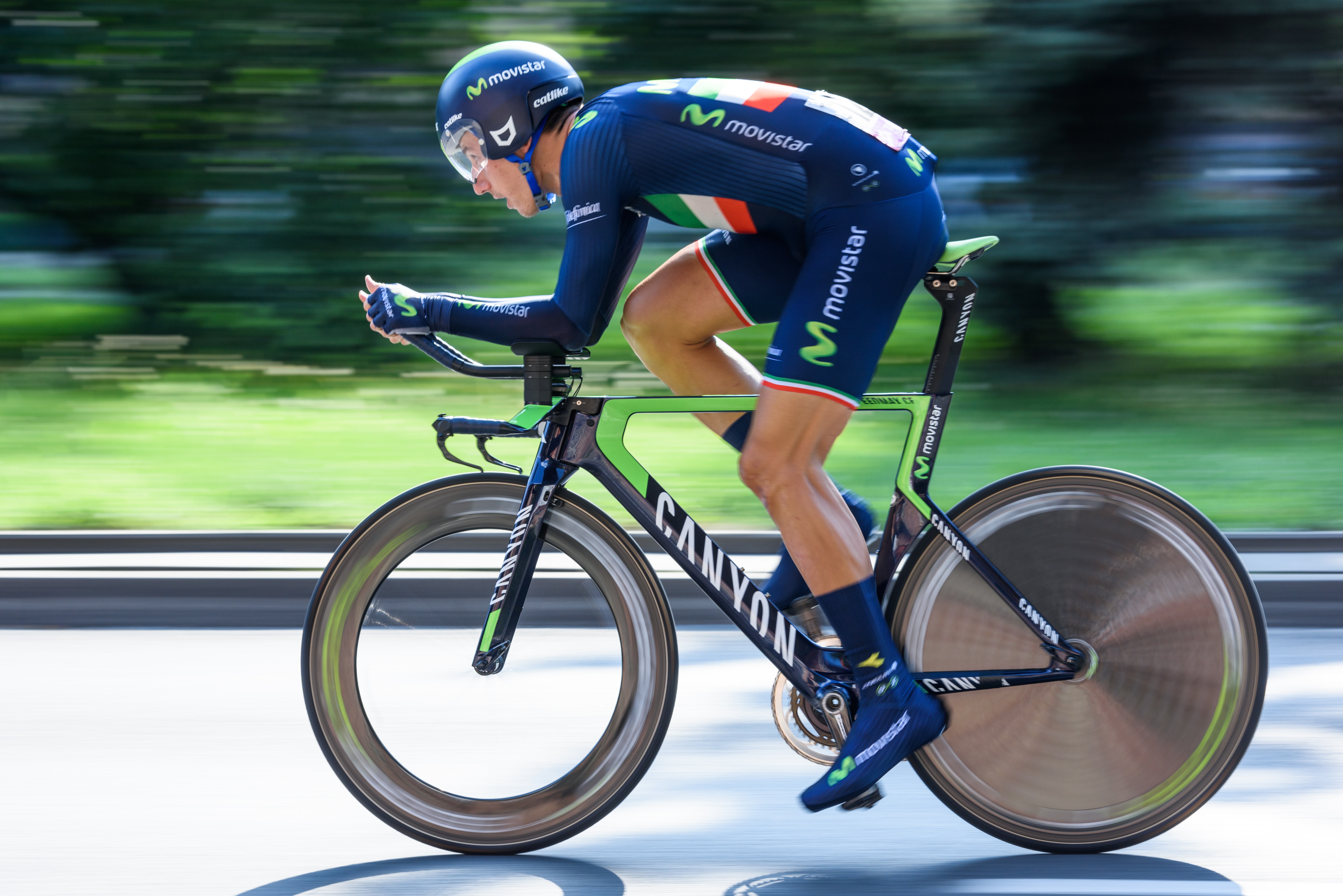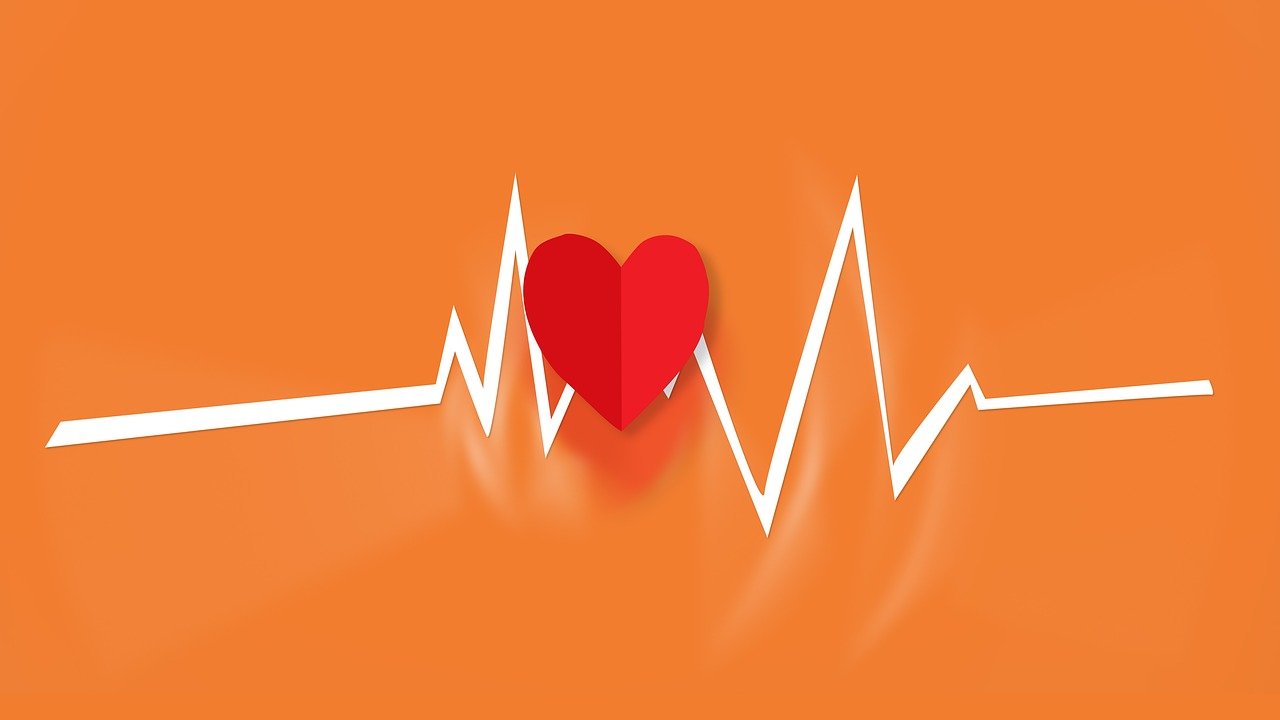Swim, Over-bike, Walk

As triathletes, one of the things we have to wrap our minds around is that triathlon must be treated as one sport and not three separate sports thrown together on one day. Obviously, there are three disciplines – swimming, biking, and running; but each discipline is approached much differently in a triathlon than as individual sports.
In this blog, we are focusing specifically on the bike portion of the triathlon, because that’s where many athletes destroy their race. In most triathlons, the bike portion of the race is the longest portion, both in distance and in time. Athlete’s rationalize that since it’s the highest percentage of the race day, then that’s the leg that has to be the best and the fastest.
When a triathlete tells us they had a great bike split, but fell apart on the run, we have to hold our tongues. We want to say, “No you didn’t.” There are a plethora of reasons for the run to fall apart in a triathlon, but over-biking ensures falling apart in the run.
Let’s take a look at an example, using a half iron distance race. If you’re new to the sport, this means a 1.2 mile swim, a 56 mile bike ride, and a 13.1 mile run.
Let’s say in the swim, the fastest age group swimmer in a particular race averages 1:05 per 100 yards, and the slowest averages 2:20 per 100 yards. In this example, the fastest swimmer is out of the water in about 19 minutes. The slowest is out of the water in about 41 minutes. So, in the swim there are 22 minutes to be gained or lost.

Moving along to the bike in this hypothetical race, the fastest age group biker averages 25 miles per hour and the slowest averages 15 miles per hour. That’s 2 hours 14 minutes versus 4 hours. On the bike, that’s 106 minutes to be lost or gained.
On the run, the fastest runner may average a pace of 5:45 minutes per mile and the slowest (usually someone who over-biked and has to walk) averages 15:00 minutes per mile. That’s 1 hours 15 minutes compared to 3 hours 16 minutes. In the run, that’s 121 minutes to be lost or gained.
If someone seriously over-biked, they may walk the entire distance averaging 20 minutes per mile for a time of 4 hours 22 minutes. That's a difference of 3 hours and 7 minutes to be lost or gained.
Just looking at these extremes, the logical conclusion would be that if someone is averaging 15 or 20 minutes per mile on the run, that athlete is mixing in a substantial amount of walking. If an athlete is well trained and ready to race, there are basically three reasons he or she would be walking on the run.
The first, and there is no shame or fault in this, is that the athlete has planned a mixture of running and walking. Maybe it’s the athlete’s first half iron distance race and just finishing is the goal, or perhaps the athlete is injured, so walking is the only option.
The second reason is that the athlete did not fuel well on the bike. For whatever reason, there either was not a bike nutrition plan, or the athlete failed to implement that plan. In this case, the athlete runs out of gas.

The third, and most common reason, is that the athlete over-biked.
When Paula raced the Augusta Half Ironman, her first ever triathlon, she averaged 18.7 MPH on the bike for a three-hour flat finish. She followed that up with a 2:07 (or 9:40 per mile pace) for the 13.1 miles. She finished under 6 hours in her first ever triathlon, so she was satisfied with the result. Compare that to her bike leg of the Southern Indiana Tri Club’s half distance relay race. Since she was only doing the bike portion, she raced it quite differently. She shredded herself on the bike which resulted in an average of 19.8 miles per hour and a 2 hour and 50-minute bike ride. These were two different courses, but of similar difficulty. The biggest variable was the weather – as the heat index was over 100 degrees for the Indiana relay. But the point is this: at the end of the relay bike leg, she barely managed to unclip from the bike. Once off the bike, her quads and calves completely cramped up. If she had to do the run portion, she would have been lucky to finish the run in under three hours. She would have traded gaining ten minutes on the bike for losing more than 50 minutes on the run.
It is not easy holding back on the bike. But it pays off on the run. It's an awful feeling on the run when you can't pick your legs up to go any faster. We preach patience and consistency. We need to be patient throughout the entire event until the last few miles of the run. We need to be consistent on the swim and stay within our abilities. We need to be consistent on the bike, keeping in mind that the run is where the race will be won. And on the run, if it's a half or full, it's a long run. We have to be patient early and then finish strong.
How does this translate into coaching and preparing our athletes to execute the bike portion in a way that sets him or her up for the best possible run? Obviously, the overall bike time matters. I couldn’t simply ride easy for 112 miles and then expect to make it all up on the run. We definitely have to find the right balance between how hard to ride and still be able to run well.
The bike definitely makes a difference when you are racing the clock and other age groupers and are aiming for a spot on the podium. When we are working with athletes, we focus on their current capabilities. We start with where they are with an eye on where they want to be. But we can't train someone successfully as if they are already at the level they hope to become. That results in overtraining and frustration.
So let's discuss bike fitness. On the bike, we have more data to work with than we do on the swim or the run. The current, bumping other swimmers, and other challenges can impact your pacing on the swim. With smart goggles, you may be able to monitor your pacing and heartrate and maybe even direction. But you really have to swim by feel to know if you are maintaining an effort that will not damage the rest of your day.
On the run, you can monitor pacing and heartrate.
On the bike, you really focus on power, cadence, and heart rate. And heart rate monitors are not always accurate. If you don't have a power meter on your race bike, it's a great investment if you have time goals or are wanting to be competitive.
You can't rely on speed data. Speed in all three disciplines is impacted by many factors. It's unrealistic to set a target of riding 20.5 MPH on the bike when the wind and hills will have a huge impact on speed. Focusing on speed causes you to go too hard when it gets tough and go too easy when the conditions improve. Monitoring speed as the goal is almost a surefire way to ruin race day.
Power is the way to go on the bike. A power meter measures the amount of force you are pushing into the pedals to spin the chain to spin the rear wheel. The great thing about monitoring power is that it doesn't matter about the road conditions or the wind. Temperature has an impact on performance and needs to be considered. But unlike speed or pace, power should be reasonably consistent if you are as rested as you were when you established your baseline power.
And that's where you start. By establishing your baseline power. This is called the Functional Threshold Power or FTP and it is measured in watts. There are different perspectives on what FTP represents. But the most common is a measure of the average watts you can ride all out for 1 hour. For this to be accurate, you would have to be steady throughout the hour rather than going out really hard and crawling in the second half. Riding all out for an hour would be really tough. And it would take a lot out of you. So there are FTP tests that help give you an estimate without putting yourself through a complete hour effort. If you are using TrainerRoad, Zwift, Tacx Training, they have FTP workouts you can use. But to prepare for a triathlon, you need to be outside on your race bike in the aero position.
We use a 30 minute time trial to measure sustained power and use this for estimating power zones for different triathlon distances. We call this bike threshold power.

Here's the test we have used ourselves and have our athletes do to establish power and Heart Rate thresholds.
- To start, pick a route that will be relatively flat or mildly rolling so you can maintain a steady effort throughout. It needs to be one with no intersections for the distance you expect to cover in 30 minutes. Don't be crazy and race through intersections without slowing down. Find a safe place to ride hard. It is also best to pick a route that you could do again occasionally throughout the year so you can measure your performance gains. You want to avoid a route that is going to allow you to let off the pedals and coast down a hill.
- Before you start riding, calibrate your power meter. This is a process of offsetting the weight of the crank and pedals so the power meter only measures the force exerted by your legs.
- If you have a heart rate monitor, this will provide valuable data.
- Now that you have a route, start off, with a warm up. You have to get your legs warmed up and maybe a little tired and get your heart rate up also.
- Warmup with 10 minutes easy followed by 10 minutes moderately hard but not all out.
- Then do 5 sets of 1 minute at what you think your threshold should be currently. Recover between each interval with 1 minute easy recovery. If you don't have any past data, then think about a hard effort you think you could sustain for 30 minutes.
- You'll want to finish these intervals at the start of your route so you have plenty of distance for the next step.
- Next, take a moment to rest and reset your bike computer or watch. It's time for the fun to begin.
- Time for your 30 minute time trial. This is an all out effort for 30 minutes. But it needs to be consistent from start to finish. If you "shock the world" in the first half and can't maintain throughout, then your results will be less accurate. For our athletes, we provide a structured workout from TrainingPeaks. The workout will auto-lap after the first 10 minutes. We want to separate the first 10 minutes from the final 20 minutes. If you are doing this manually, be sure to press the lap button after the first 10 minutes.
- To be safe, start a little bit easy and build into it but ride like it's a race. This is a serious effort. If you have done this workout before, you have an idea of the power you can maintain for 30 minutes. If you've done an FTP test indoors, a rule of thumb would be to start near that power output and adjust as needed to reach the 30 minute finish.
- Be sure the workout auto-laps or press the lap button to capture the precious data at the finish
- Do a cooldown to start your leg recovery and lower the heart rate.
- When finished, celebrate. What a tough workout? But it's much easier than all out for 60 minutes.
Your bike threshold power is the average watts you sustained for the entire 30 minutes. We can apply certain percentages to this value to estimate the effort you should push for different distance triathlon bike legs.
Here are guidelines to help you not over-bike:
- For a sprint distance event, target 5% higher than your threshold power
- For an Olympic event, target no more than 94% of your threshold
- For a half distance event, target no more than 90% of your threshold
- For a full distance event, target no more than 75% of your threshold
- And on easy days, stay under 54% of your threshold
Having data makes a world of difference. Now instead of going by feel, you can go by data. If you are feeling lousy, you may have to back off on the power. But if you are feeling great, these percentages give you a top end to not exceed.
This is how Dean kept his last Ironman Louisville under control on the bike and had a great run and overall time. His bike threshold in 2016 was 247 watts. Which meant he needed to keep his average watts under 185 watts. Louisville was a hilly bike course, so he was monitoring normalized power (which compensates for coasting). In the end, he stayed in control and had an average normalized power of 174 watts. Actual power measured 163 watts because he coasted as much as he could on the long downhills.
These percentages are a good rule of thumb. As you become a stronger cyclist, you may be able to run a higher percentage because you will be on the bike less time. On the flip side, if you are a weak cyclist, you will want to be on the low end of the ranges to save your legs for the run.
Again, we preach patience and consistency. Knowing what you are capable of and sticking with a plan is the way to succeed.
But what if you don't have a power meter? You can use heart rate as a guide but it is less accurate. If you are going to use heart rate, a chest strap is a better choice. We've seen cases where the chest strap slides down to the waist during the swim. But if it stays in place it can provide data to help you control your bike effort.
You could establish a range to keep your heart rate and a cadence range. If your heart rate is too low within that cadence, shift to a harder gear. If your heart rate is too high, switch to an easier gear. On a hilly course cadence may be slower on ascents. You should still focus on keeping the heart rate in the correct range even up the hills.
When doing the 30 minute time trial, we separated the first 10 minutes and the final 20 minutes. The reason for this is heart rate. We take the heart rate average from the final 20 minutes to use as your bike threshold heart rate or lactate threshold heart rate.

To avoid over-biking, here are guidelines for monitoring heart rate:
- Easy keep HR under 68%
- Ironman keep HR under 83%
- Half Ironman keep HR under 94%
- Olympic keep HR under 94%
- Sprint, keep HR under 105%
When Dean did his 30 minute time trial before Ironman Louisville, his bike heart rate threshold was 169 beats per minute. Therefore, his heart rate average needed to be under 140. He averaged 137 bpm. He used both metrics to control his effort on the bike. By keeping both in the right range, he was able to have a strong run. It is a great feeling running past people in the second half of the Ironman run…much better than being passed and so much better than having to walk.
As we work with athletes using TrainingPeaks, we can load the time trial data into their account and calculate these zones. This gives coaches and athletes a way to establish data based workouts rather than perceived effort based workouts. We often like to use Rate of Perceived Exertion with newer athletes. But once a foundation of fitness is established, we arrange for time trials in the swim, bike, and run to establish a baseline of fitness to build upon. Then we challenge athletes based on their abilities. It takes hard work to get better. But working smart with data is the best way to improve.
Remember it is one event, one sport, made up of three activities. There needs to be balance. Be patient and conservative on the bike. You need to have a plan and do your best to follow it.
If you are interested in our coaching services, join our team.

